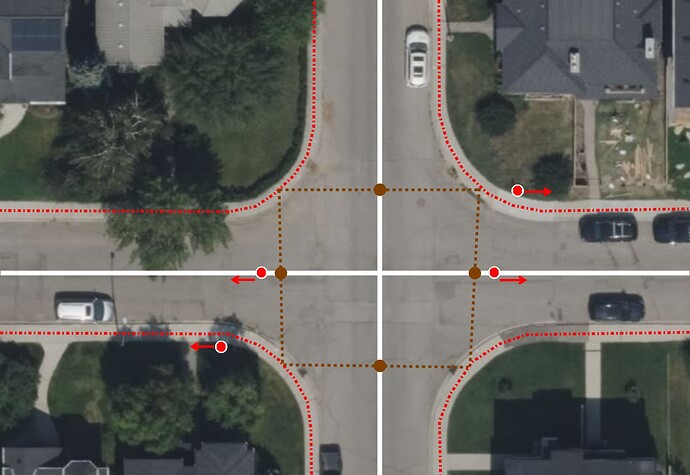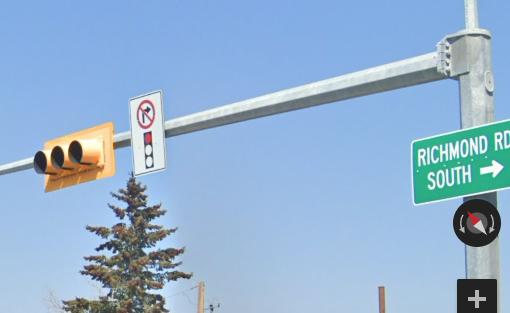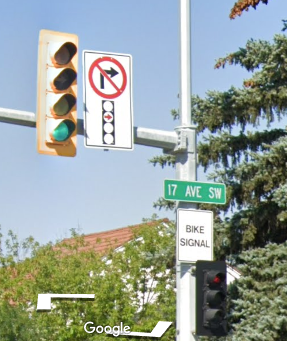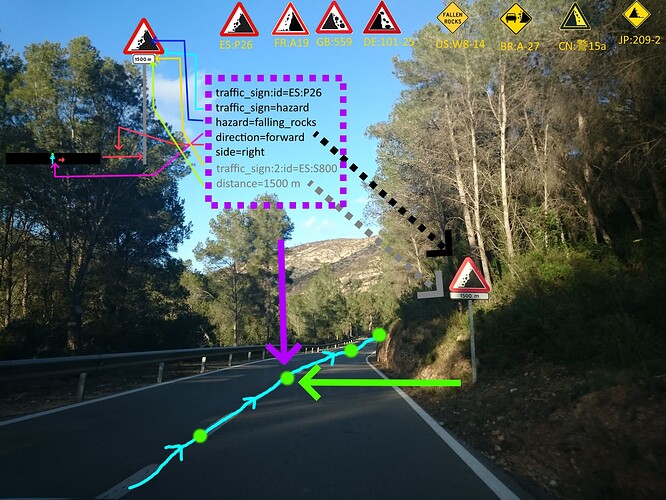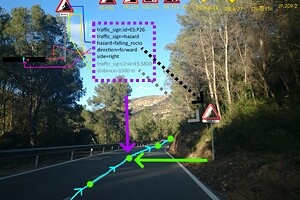First of all, I want to say sorry if with previous discussion anybody felt offended. It was not my intention. Also my intention is not to get insulted because of the discussion.
The intention of write maxspeed:advisory it was to use existing tags and combinations in OSM. Using a new category seemed more difficult to be understood.
But as you say certainly the category informational would be a good solution because in Vienna convention informational traffic_signs are square or rectangle in blue.
The idea behind traffic_sign:category can be the equalization of the categories you can find on the traffic laws of each country. Of course there will be differences of namings but you will see some common words, could be possibilities.
Spain > https://www.interior.gob.es/opencms/pdf/servicios-al-ciudadano/participacion-ciudadana/Participacion-publica-en-proyectos-normativos/Audiencia-e-informacion-publica/16_2022_Borrador_Tomo_I_Definicion_senales.pdf
(translated with Google translate)
Danger warning signs, priority, entry prohibition, passage restriction, prohibition and restriction, obligation, end of prohibition, restriction or obligation, general indications, lanes, service, pre-signaling, direction, road identification, location, confirmation, use specific in town, complementary panels, others
France > https://www.auto-ecoleducentre.com/userfiles/files/TOUS%20LES%20PANNEAUX.pdf
(translated with Google translate)
danger, prohibition, indication, obligation, direction and location signs.
USA > MUTCD 11th Edition - FHWA MUTCD
Regulatory Signs, Barricades, and Gates,Warning Signs and Object Markers,Guide Signs ,Toll Road Signs,Preferential and Managed Lane Signs,General Information Signs, General Service Signs, Specific Service Signs, Tourist-Oriented Directional Signs, Changeable Message Signs, Recreational and Cultural Interest Area Signs, and Emergency Management Signs,Markings
UK > https://assets.publishing.service.gov.uk/media/656ef4271104cf0013fa74ef/know-your-traffic-signs-dft.pdf
Warning signs,Regulatory,Speed limit,Low bridge,Level crossing,Tram signs, signals and road markings,Bus and cycle signs and road markings,Pedestrian zone signs,On-street parking control signs and road markings,Road markings 74,Traffic calming,Motorway signs, signals and road markings,Direction signs,Direction signs for cyclists and pedestrians,Information signs
Vienna > https://unece.org/DAM/trans/conventn/Conv_road_signs_2006v_EN.pdf
Danger warning signs,Regulatory(Priority,Prohibitory or restrictive,Mandatory signs,Special regulation signs),Informative signs (Information, facilities or service signs, Direction, position or indication signs),Advance direction,Direction,Road identification,Place identification,Confirmatory,Indication signs,Additional panels
I know we have already a “category” (my option would be to translate traffic_sign=hazard into traffic_sign:category) approved . Probably hazard could not be the word you would search in a traffic law but we can assume is the equivalent to danger/warning.
The option for regulatory could not be too explicative so I would choose the subdivision (priority, mandatory, prohibitory).
I think informational or informative (informatory exists? ) is a good possibility if we talking about traffic signs for information but I’ll do the same about regulatory taking the subdivision… I don’t know if the Vienna nomenclature can be compatible with MUTCD nomenclature.
Good option would be other discussion about this part perhaps.
Well , If I’m not wrong there was a change some years ago in that sense so probably community will have to decide its meaning finally and its uses to avoid the ambiguity you have mentioned. Other discussion and proposal.
Well, my vision or my opinion of that could not be the unique if a proposal for that is need to go on, so interesting discussion about the map of each traffic sign in separate nodes or at the same node should working next months, from using multivalues to avoid them.
I hope that it should have been a constructive answer this time.
